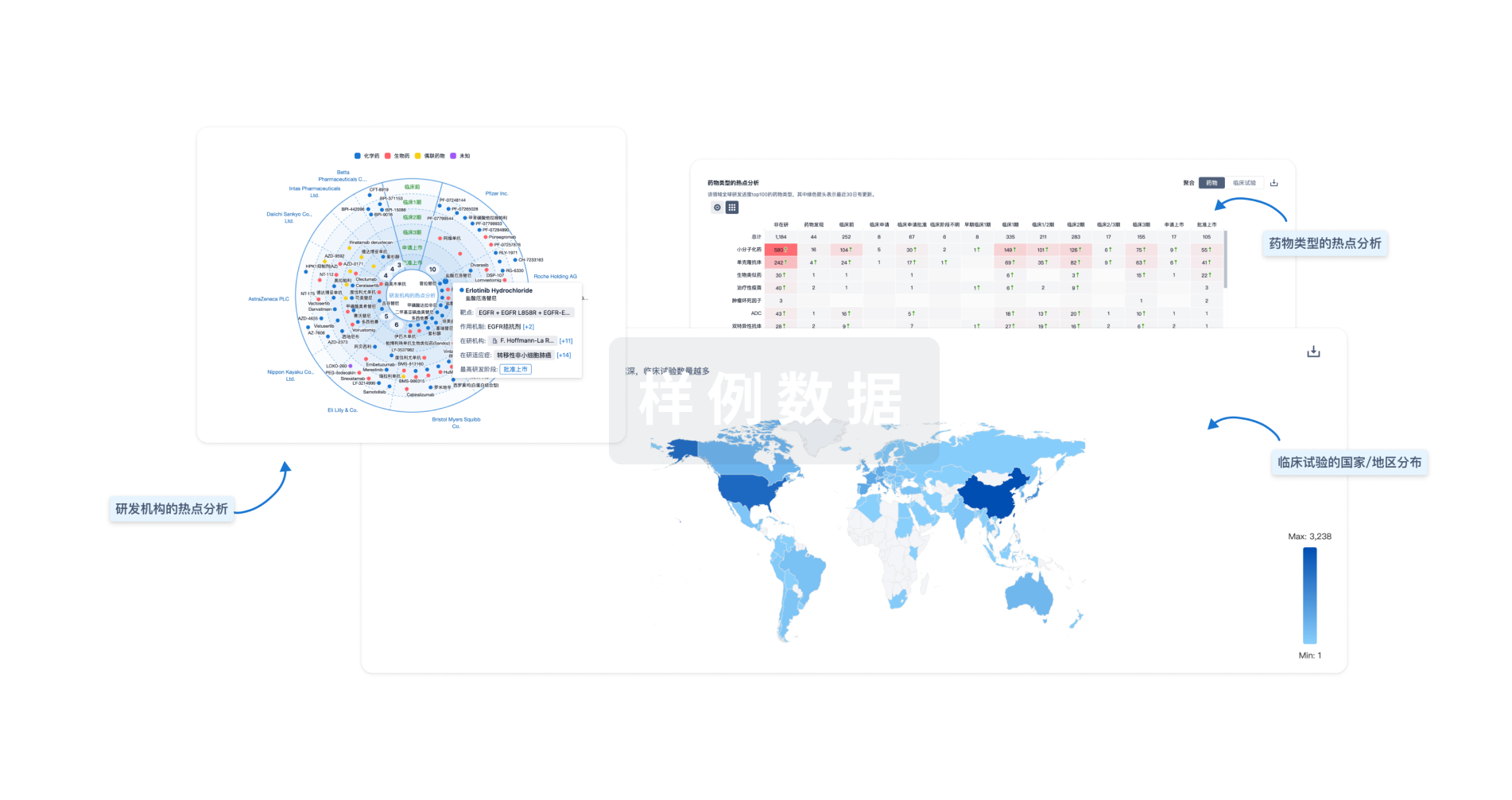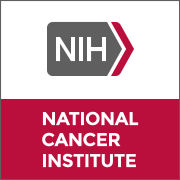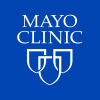预约演示
更新于:2025-05-07
Refractory Langerhans Cell Histiocytosis
难治性朗格汉斯细胞组织细胞增生症
更新于:2025-05-07
基本信息
别名 Refractory Langerhans Cell Histiocytosis |
简介 Langerhans cell histiocytosis that does not respond to treatment. |
关联
7
项与 难治性朗格汉斯细胞组织细胞增生症 相关的药物作用机制 PDK1抑制剂 [+1] |
在研适应症 |
非在研适应症 |
最高研发阶段批准上市 |
首次获批国家/地区 美国 |
首次获批日期2024-04-23 |
作用机制 MEK1抑制剂 [+1] |
原研机构 |
最高研发阶段批准上市 |
首次获批国家/地区 美国 |
首次获批日期2015-11-10 |
作用机制 CDK4抑制剂 [+1] |
原研机构 |
最高研发阶段批准上市 |
首次获批国家/地区 美国 |
首次获批日期2015-02-03 |
24
项与 难治性朗格汉斯细胞组织细胞增生症 相关的临床试验NCT06712810
MC220806: Phase I Study Evaluating the Efficacy of CSF1R and TAM Receptor or Inhibition in Hematologic Malignancies With Q702, a Small Molecular Inhibitor
This phase I trial tests the safety, side effects, and best dose of Q702 in treating patients with hematologic malignancies. Q702 is in a class of medications called immunomodulatory agents. It works by helping the immune system kill cancer cells and by helping the bone marrow to produce normal blood cells. Giving Q702 may be safe, tolerable and/or effective in treating patients with hematologic malignancies.
开始日期2025-06-15 |
申办/合作机构 |
NCT06902792
A Single-Center, Single-Arm, Phase I Clinical Trial of Adebrelimab Combined With Trametinib in the Treatment of Refractory Recurrent Langerhans Cell Histiocytosis in Children and Adolescents
Phase 1, 1 case in total
Subject 1:
This study marks the first application of Adebrelimab in pediatric patients with Langerhans Cell Histiocytosis (LCH). The initial dose is 20 mg/kg, delivered via a 60-minute intravenous infusion. If no Dose-Limiting Toxicity (DLT) occurs, the second dose of 20 mg/kg will be administered in the second cycle. Treatment cycles consist of dosing every 4 weeks, up to a maximum of 6 cycles.
Phase 2, 2-5 cases in total
Subjects 2 and 3:
If the first subject exhibits no DLT, the second and third subjects will be enrolled and receive 20 mg/kg of Adebrelimab on day 1. Treatment cycles will last 4 weeks, with dosing administered every 4 weeks, for up to 6 cycles.
Subjects 4-6:
If one DLT occurs among the first three subjects, three additional subjects will be enrolled and given 20 mg/kg of Adebrelimab. If two or more DLTs occur among the first three subjects, three additional subjects will be enrolled and administered a reduced dose of 10 mg/kg.
Following the successful completion of these phases, a subsequent phase will commence to further assess the efficacy and safety of Adebrelimab and fulfill the biological research objectives.
Subject 1:
This study marks the first application of Adebrelimab in pediatric patients with Langerhans Cell Histiocytosis (LCH). The initial dose is 20 mg/kg, delivered via a 60-minute intravenous infusion. If no Dose-Limiting Toxicity (DLT) occurs, the second dose of 20 mg/kg will be administered in the second cycle. Treatment cycles consist of dosing every 4 weeks, up to a maximum of 6 cycles.
Phase 2, 2-5 cases in total
Subjects 2 and 3:
If the first subject exhibits no DLT, the second and third subjects will be enrolled and receive 20 mg/kg of Adebrelimab on day 1. Treatment cycles will last 4 weeks, with dosing administered every 4 weeks, for up to 6 cycles.
Subjects 4-6:
If one DLT occurs among the first three subjects, three additional subjects will be enrolled and given 20 mg/kg of Adebrelimab. If two or more DLTs occur among the first three subjects, three additional subjects will be enrolled and administered a reduced dose of 10 mg/kg.
Following the successful completion of these phases, a subsequent phase will commence to further assess the efficacy and safety of Adebrelimab and fulfill the biological research objectives.
开始日期2025-02-06 |
申办/合作机构 |
NCT05477446
Safety and Efficacy of CD207 Targeted CAR-T Cell Therapy in Patients With Relapsed and Refractory (R/R) Langerhans Cell Histiocytosis
This is a single-arm study to evaluate the efficacy and safety of CD207 targeted CAR-T cell therapy in relapsed and refractory langerhans cell histiocytosis.
开始日期2022-10-01 |
申办/合作机构  北京友谊医院 北京友谊医院 [+1] |
100 项与 难治性朗格汉斯细胞组织细胞增生症 相关的临床结果
登录后查看更多信息
100 项与 难治性朗格汉斯细胞组织细胞增生症 相关的转化医学
登录后查看更多信息
0 项与 难治性朗格汉斯细胞组织细胞增生症 相关的专利(医药)
登录后查看更多信息
85
项与 难治性朗格汉斯细胞组织细胞增生症 相关的文献(医药)2024-05-01·British Journal of Haematology
From mutation to management: Advancing Langerhans cell histiocytosis treatment through combination therapies
Article
作者: Diamond, Akiva
2024-05-01·British Journal of Haematology
Clofarabine monotherapy in aggressive, relapsed and refractory Langerhans cell histiocytosis
Article
作者: Chu, Roland ; Scull, Brooks ; Pillai, Pallavi M. ; Neff, Philip ; Dietz, Matthew S. ; Walkovich, Kelly ; Schiff, Deborah E. ; McClain, Kenneth L. ; Fleishmann, Ryan ; Parekh, Deevyashali ; Allen, Carl E. ; Sisk, Bryan A. ; Trobaugh‐Lotrario, Angela D. ; Intzes, Stefanos ; Batajoo, Akanksha ; Lin, Howard ; Goldman, Stanton C. ; Imran, Hamayun ; Hogarty, Michael D. ; Karri, Vivekanudeep ; Eckstein, Olive S. ; Kopp, Lisa M. ; Ahmed, Asra Z. ; Stanton, Whitney ; Kim, Jenny M. ; Agrusa, Jennifer E. ; El‐Mallawany, Nader ; Levy, Carolyn Fein ; Prudowsky, Zachary D. ; Peckham‐Gregory, Erin ; Gulati, Nitya
2024-05-01·British Journal of Haematology
Clinical, radiological and molecular responses to combination chemotherapy with MAPK pathway inhibition in relapsed and refractory Langerhans cell histiocytosis
Article
作者: Batajoo, Akanksha ; Eckstein, Olive ; Velazquez, Jessica ; Lin, Howard ; Saha, Anikit ; Karri, Vivekanudeep ; Woods‐Swafford, Wendy ; Agrusa, Jennifer ; Allen, Carl E. ; McClain, Kenneth L. ; Boyd, Jaime ; Parekh, Deevyashali ; Stanton, Whitney ; Gulati, Nitya ; Schwartz, Jeffrey ; Abhyankar, Harshal ; El‐Mallawany, Nader K.
分析
对领域进行一次全面的分析。
登录
或

生物医药百科问答
全新生物医药AI Agent 覆盖科研全链路,让突破性发现快人一步
立即开始免费试用!
智慧芽新药情报库是智慧芽专为生命科学人士构建的基于AI的创新药情报平台,助您全方位提升您的研发与决策效率。
立即开始数据试用!
智慧芽新药库数据也通过智慧芽数据服务平台,以API或者数据包形式对外开放,助您更加充分利用智慧芽新药情报信息。
生物序列数据库
生物药研发创新
免费使用
化学结构数据库
小分子化药研发创新
免费使用





